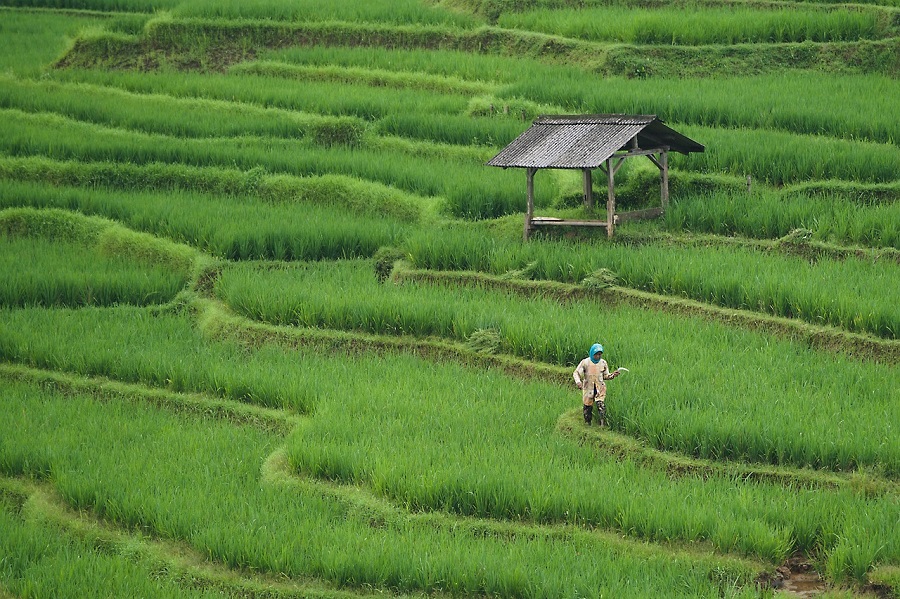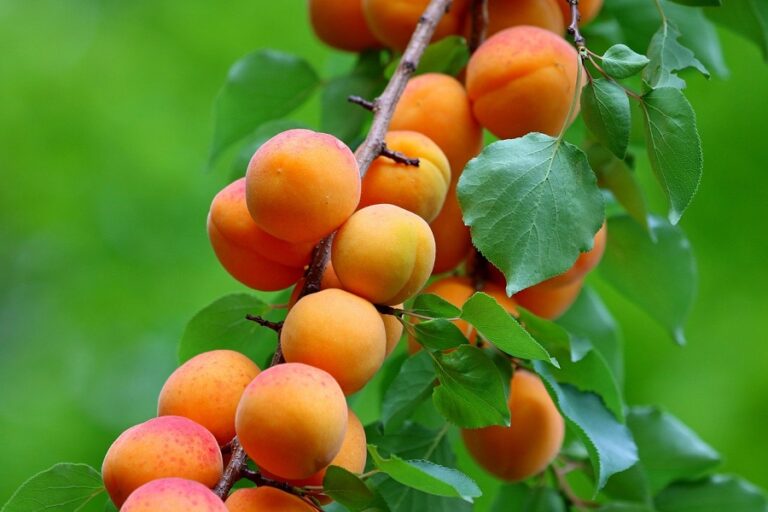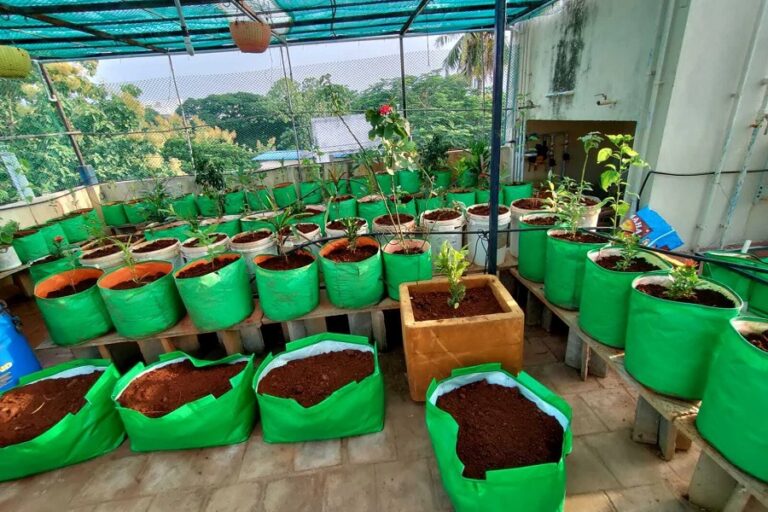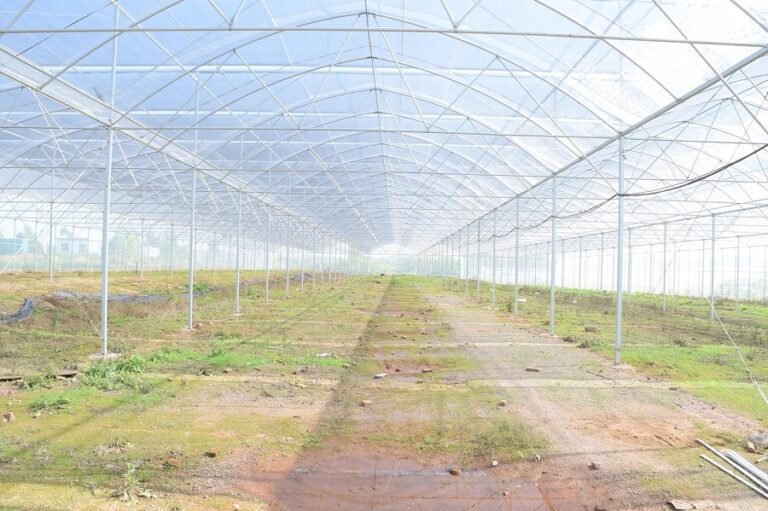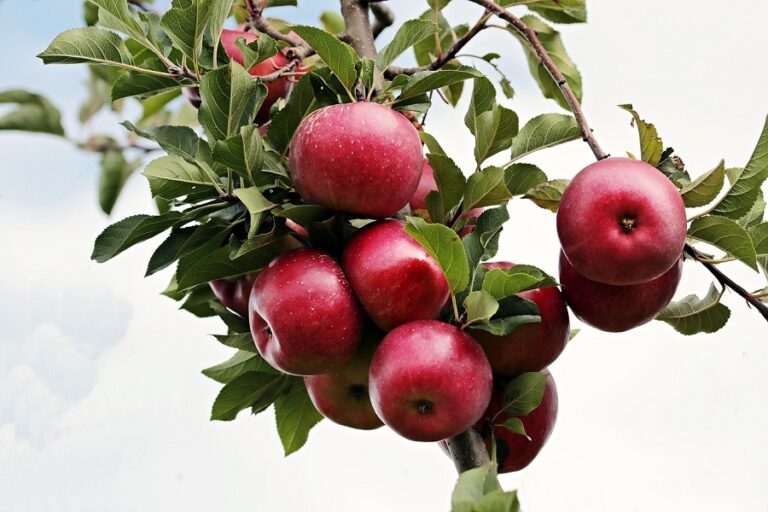Weird and Wonderful Farming Techniques from Around the World
When most of us think about farming, we imagine neat rows of crops in fields or fruit-laden orchards. But farmers across the world have always been inventive, coming up with unusual and sometimes downright weird methods to grow food. Some of these techniques may sound surprising, but they often hold valuable lessons about creativity, sustainability, and adaptability in agriculture.
In this article, we’ll explore some of the most weird and wonderful farming techniques from around the world—methods that challenge traditional ideas and inspire us to think differently about farming.
Farming on Floating Islands – Bangladesh and Myanmar
In the flood-prone regions of Bangladesh and Myanmar, where land is scarce and rivers frequently overflow, farmers build floating gardens known as “baira.” These gardens are made by layering water hyacinth, bamboo, and compost to create a buoyant platform. Farmers then plant vegetables like gourds, cucumbers, and leafy greens directly into this floating bed.
This method not only saves space but also protects crops from floods, ensuring a year-round food supply. It’s an excellent example of how farmers adapt to extreme weather conditions.
Coffee Grown in the Shade of Forests – Ethiopia
In the birthplace of coffee, Ethiopia, many farmers grow coffee plants under the shade of tall forest trees. Unlike large-scale plantations, this method mimics natural ecosystems. The shade reduces the need for irrigation, protects plants from harsh sunlight, and encourages biodiversity.
Shade-grown coffee is often more flavorful, and the method is environmentally friendly. Though not “weird” in the sense of unusual, it’s a wonderful example of blending tradition with sustainability.
Saltwater Farming – The Netherlands
The Netherlands, famous for its innovations in agriculture, is experimenting with crops that grow in salty soils. With rising sea levels and soil salinization threatening global food security, Dutch scientists and farmers are testing salt-tolerant varieties of potatoes, carrots, and barley.
It may sound odd to imagine crops thriving in salty conditions, but early results are promising. This technique could be crucial for coastal regions in India, too, where saline soils limit farming.
Vertical Farming in Skyscrapers – Japan and Singapore
In crowded urban centers like Tokyo and Singapore, land for farming is nearly impossible to find. The solution? Vertical farming inside buildings. Using hydroponics (growing plants without soil) and LED lights, vegetables are grown in stacked layers, sometimes in old warehouses or skyscrapers.
This futuristic approach saves space, uses less water, and allows food to be produced right where people live. Imagine buying fresh spinach grown inside a high-rise just down the street!
Farming with Ducks – Japan
In parts of Japan, especially in rice-growing regions, farmers have discovered a clever way to manage pests naturally. Instead of using pesticides, they release ducks into flooded rice paddies. The ducks eat weeds and insects, stir up the soil with their feet (aerating it), and even fertilize the fields with their droppings.
This method, known as the “Aigamo method,” is both eco-friendly and cost-effective. Plus, the ducks get a free meal while the farmer enjoys healthier crops.
Underground Farming – London
In London, abandoned World War II air-raid shelters have been converted into underground farms. Using hydroponics and LED lighting, farmers grow salad greens and herbs in these tunnels deep below the city. Since the temperature underground remains stable, crops grow consistently year-round.
It may sound like science fiction, but underground farming reduces food miles (the distance food travels to consumers) and brings fresh produce directly to urban markets.
Farming in Deserts with Seawater – United Arab Emirates
The UAE faces one of the harshest climates on Earth—desert heat and limited freshwater. Yet, innovative farmers are using seawater greenhouses. In this system, seawater is evaporated to cool the greenhouse, and the remaining freshwater is used to irrigate crops. The process also produces fresh drinking water as a by-product.
This technique turns the desert into fertile ground and shows how even the driest places can become productive with smart solutions.
Farming on Rooftops – USA and India
With cities expanding and open land shrinking, rooftop farming has become increasingly popular. In cities like New York, urban farmers grow vegetables on the roofs of apartment buildings and restaurants. In India, too, urban gardening is gaining momentum as families grow vegetables like tomatoes, spinach, and herbs on their terraces.
Besides providing fresh produce, rooftop gardens reduce heat in cities, improve air quality, and make good use of underutilized space.
Crop Circles for Irrigation – USA
Ever noticed round green patches when flying over the American Midwest? These are center-pivot irrigation systems. Farmers install a long pipe that rotates around a central pivot, watering crops in a perfect circle. While it may look strange from above, this method ensures efficient water distribution in large fields.
The result is those famous crop circles—not made by aliens, but by clever irrigation engineering.
Lessons for Farmers Everywhere
These weird and wonderful farming techniques may come from different corners of the world, but they all share one thing: innovation. Whether it’s ducks in rice fields or skyscrapers full of lettuce, farmers are constantly rethinking how food can be grown. For Indian farmers, there are important takeaways too:
- Adapt to local conditions: Like floating gardens in Bangladesh, Indian farmers in flood-prone areas can also explore similar techniques.
- Make use of small spaces: Rooftop or terrace gardening can help urban families reduce expenses and eat fresh.
- Think sustainably: Methods like duck farming reduce reliance on chemicals and keep ecosystems balanced.
- Embrace technology: Vertical farming and hydroponics may be the future for feeding growing populations in cities.
Conclusion: Farming is About Creativity
Farming has never been one-size-fits-all. The stories we’ve seen show how farmers adapt, innovate, and sometimes even surprise us with their creativity. From floating gardens to underground tunnels, these techniques remind us that the future of farming lies in imagination as much as in tradition.
If you’re a farmer or even a home gardener in India, take inspiration. Experiment with composting, rooftop farming, or even companion planting. You never know—your “weird” idea might just become the next wonderful breakthrough.
FAQs on Unusual Farming Techniques
Q1. Are these weird farming techniques practical for small farmers in India?
Yes, some techniques like rooftop gardening, duck farming in paddy fields, and terrace composting are highly practical and affordable for Indian farmers and households.
Q2. Which unusual technique is most useful for water-scarce regions?
Saltwater farming and desert greenhouses are promising for water-scarce areas, but in India, rooftop rainwater harvesting combined with drip irrigation is a realistic option.
Q3. Is vertical farming suitable for Indian cities?
Yes, though it requires initial investment, vertical farming can be adopted on a smaller scale in urban spaces, especially for high-value vegetables and herbs.
Q4. Can floating farming be done in India?
Yes, states like Assam and Bihar, which face frequent floods, can explore floating bed farming similar to Bangladesh’s “baira” system.
Q5. What’s the main lesson from these global farming methods?
The key lesson is adaptability. Farmers worldwide find unique ways to match farming with their local environment. Indian farmers too can innovate based on local challenges.
